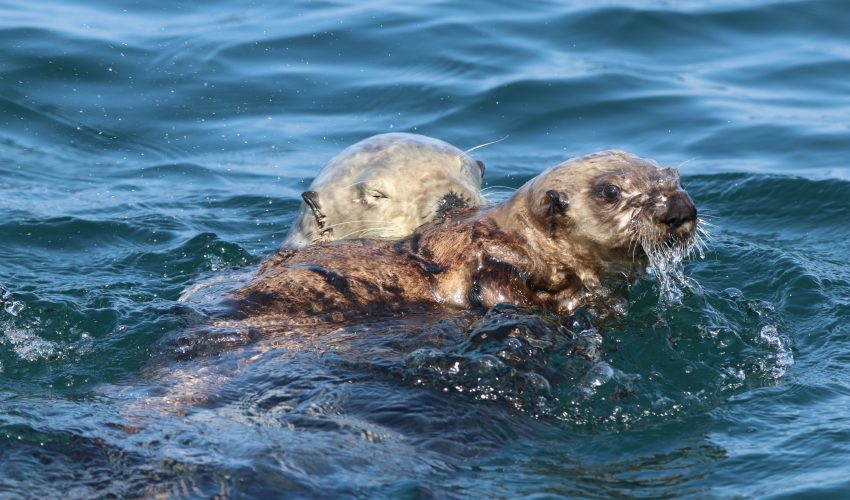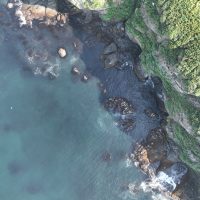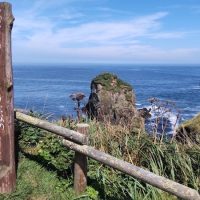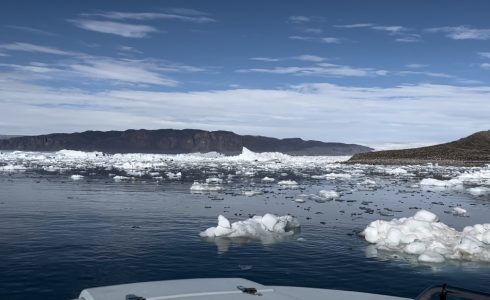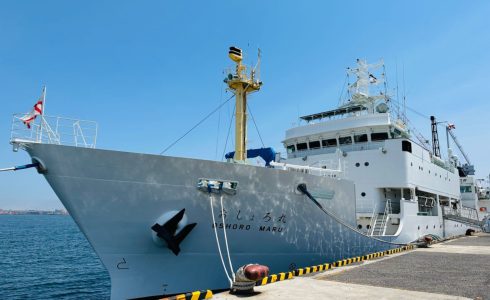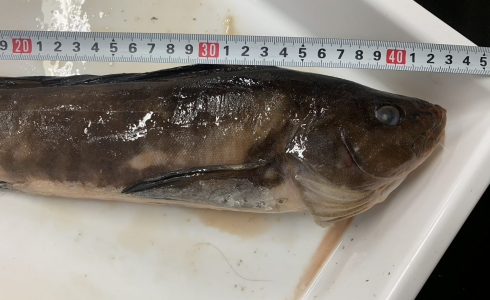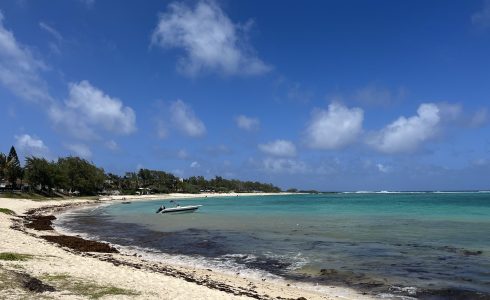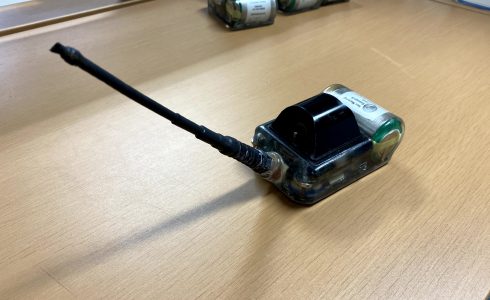Sea Otter mother and pup observed on June 8th, 2023.
D3のJが5〜6月のラッコ調査について報告してくれました!
Sea otters (ラッコ) are the largest of the mustelids (weasel family), one of two marine species within the family. They are also among the smallest of the marine mammals, and have a range that extends from northern west coast of Mexico, through Alaska, the Aleutian Islands, and along the east coasts of Russia and Japan. Due to intense overharvesting and the profitable fur trade, they were reduced or completely extirpated throughout a large portion of their home range during the 17th through 19th centuries. In Japan, sea otters were completely gone by the turn of the 20th century. However, over the last few decades a small population has begun to recolonize off of the coast of eastern Hokkaido.
In 2021, during the fall there was a mass die off of several marine organisms caused by a major red tide event of the dinoflagellate Karenia selliformis. One of the main groups of organisms that died were sea urchins, which also happen to be a popular prey item for sea otters across much of their range. The fisheries industries across the region were also significantly impacted by this. One of the major focuses of this research has been to track the change in sea otter diet from year to year, specifically if it changed significantly from before to after the red tide. The diets of otters have been visually recorded during their feeding dive bouts. The location of sea otters was recording using a GPS system, and through performing a census along a pre established route throughout the survey area. Behaviors were observed through focal observation. There were also a variety of other interesting mammal and bird species we could see while performing our research. Several seabirds nest along the cliffs of the area, including Spectacled Auklets (ケイマフリ), various gull species, and even occasionally tufted puffins (エトピリカ). We also observed spotted and harbor along the rocky coastline as well. White-tailed eagles (オジロワシ) could be seen perched or patrolling their hunting grounds around the research area.
This year, 2023, will be the second year we use drone photograpy and imaging to look into the relationship between sea otter foraging and marine plant canopy cover between seasons. Sea otters in Alaska and California have both been established to have a very strong relationship with the kelp forest community. And even in some other environments such as muddy bottom sea grass heavy substrates. The research area we are focusing on is quite different. This region in east Hokkaido regularly experiences shifts in the makeup of the marine plant community. Specifically between sargassum (タツモ), in the late spring and early summer, and eel grasses (スガモ), in the late summer and early fall. There are kelp beds that can be seen throughout the entire summer, mostly being obscured by the other two plant types from the drone view.
We have performed these sampling techniques on 3 separate time periods during the last several years. There was some fluctuation in the early years, but mostly those times have been in May/June, July, and August/ September. This May/ June survey, the first of the year, lasted from May 27th through June 06th. However, due to poor weather conditions, we were not able to get onto the water for the first three days we were stationed there. We were able to perform the surveys on 8 days during this period. This was the most extensive drone photography period to date, where we were able to get fairly comprehensive maps generated for all of the areas within the survey site which contained marine plant canopy cover. We were able to record a total of 14 feeding dive bouts during the June research period.
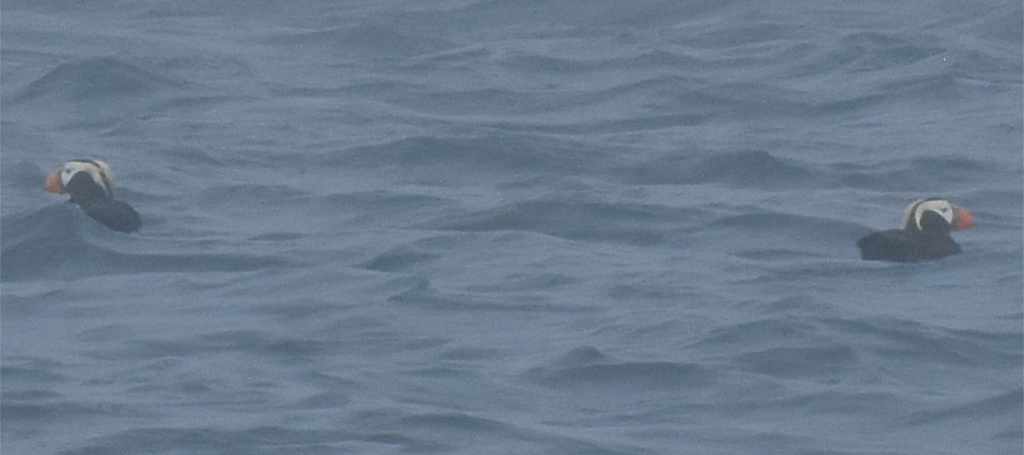
Pair of Puffins observed on June 2nd, 2023.

